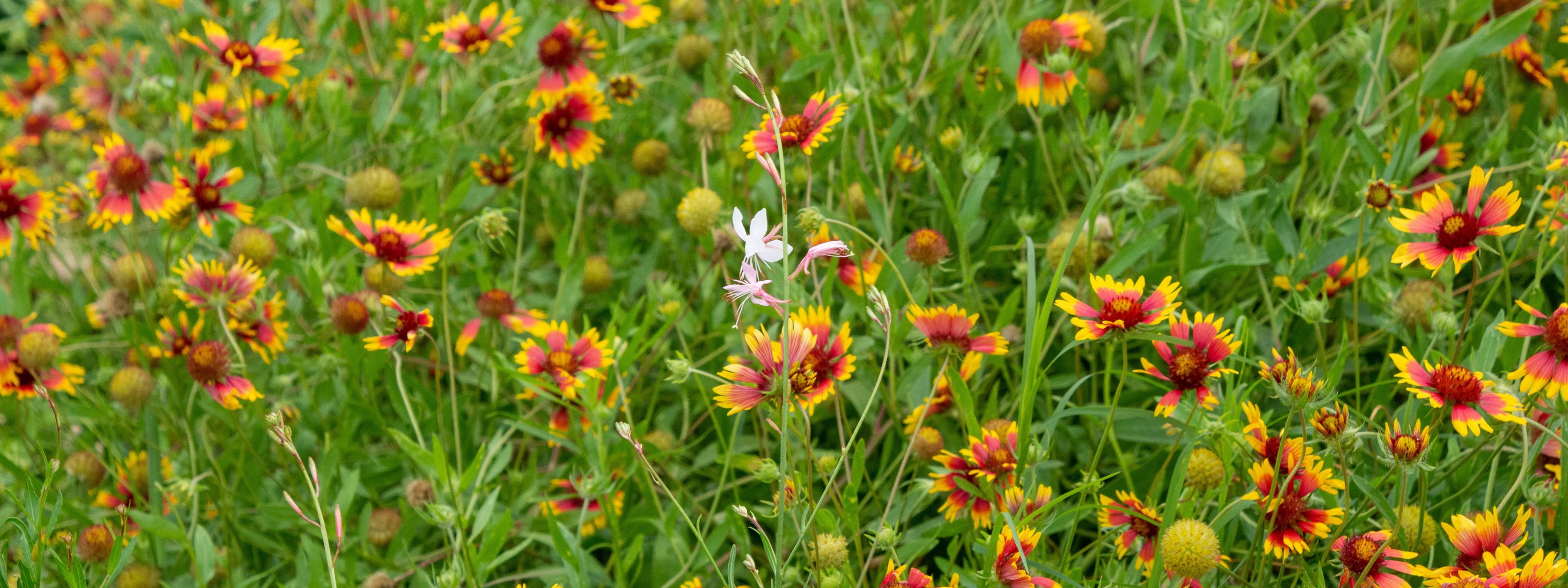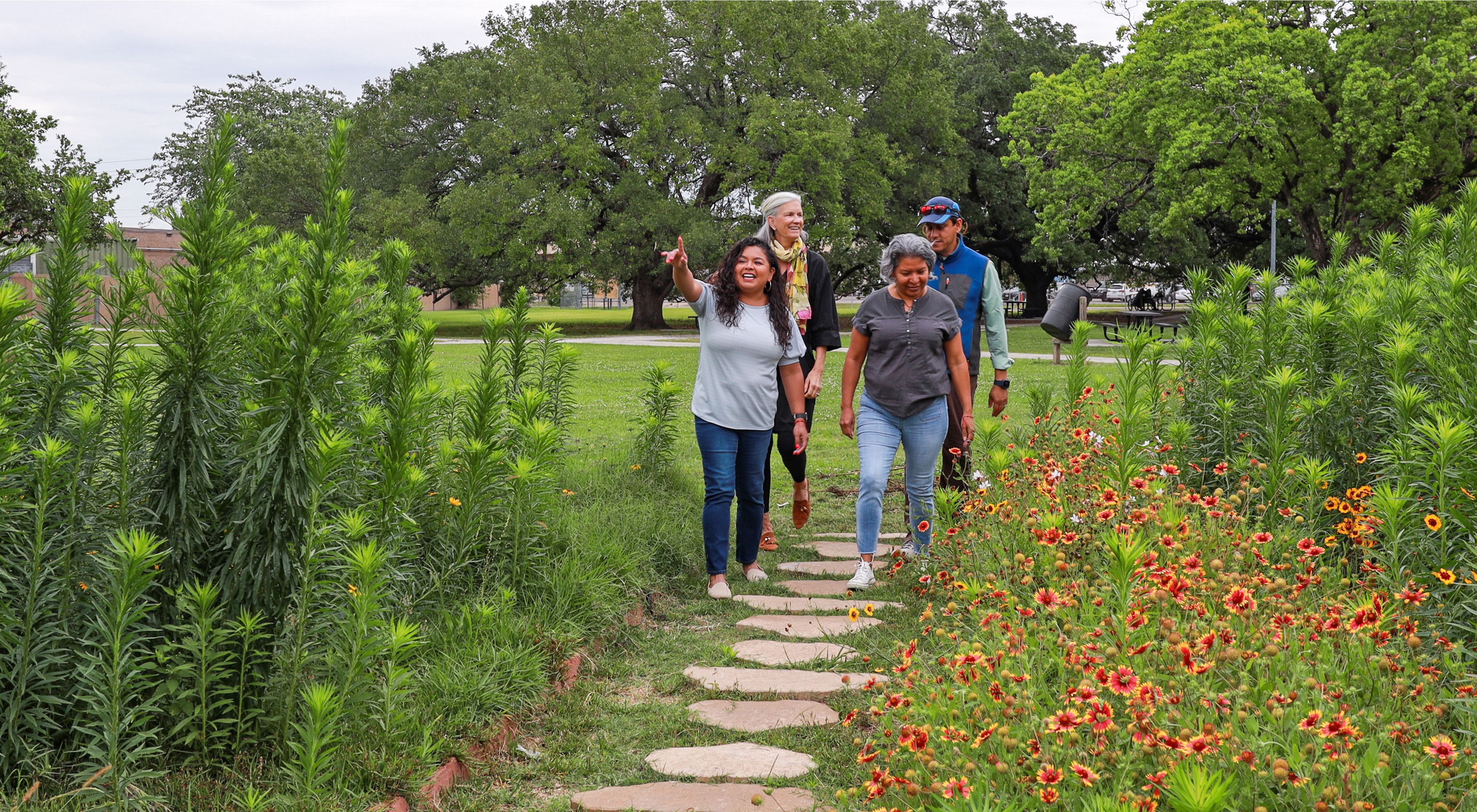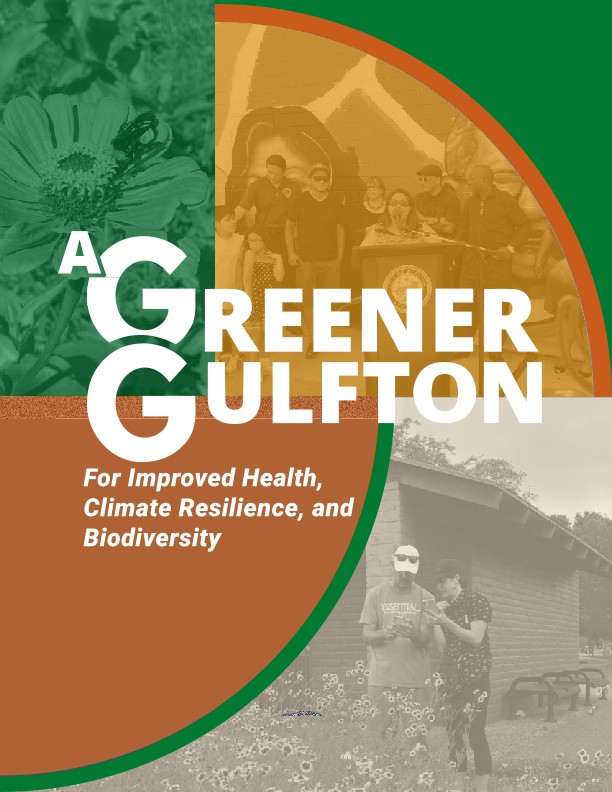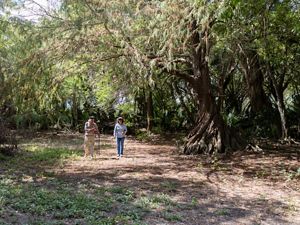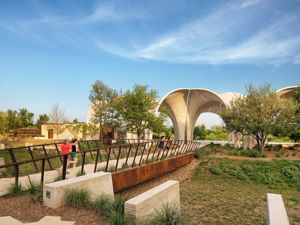Greener Gulfton
TNC, partners and community members are using nature to improve physical and mental health, boost climate resilience and support biodiversity in Houston's Gulfton neighborhood.
Welcome to the Gulfton Neighborhood
Often referred to as Houston’s Ellis Island, the Gulfton neighborhood in Southwest Houston is a diverse alcove of the Bayou City that many immigrants call home. Brightly colored murals depict residents, flags, flora and fauna while restaurants and grocery stores offer foods from around the world. At the neighborhood’s center is Burnett Bayland Park, bustling with families on the playground and soccer players on the field. Other than the park, this neighborhood of over 55,000 residents, though rich in culture, lacks one element that’s crucial to residents’ health: greenspace.
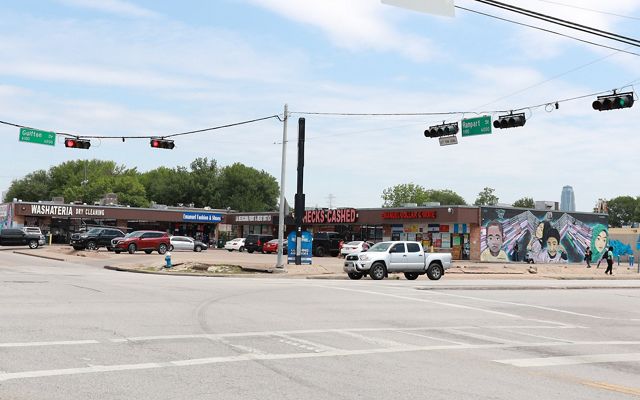
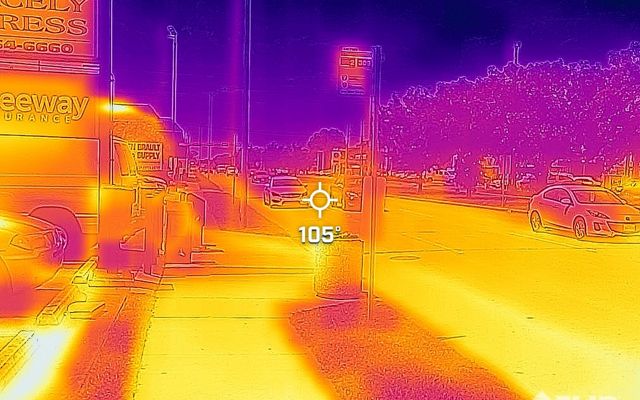
Community Vision:
Greener Gulfton is a diverse and vibrant community that is healthy, climate-prepared and connected to nature.
Envisioning a Greener Gulfton
A 2020 heat mapping project found that Gulfton clocked in at 17 degrees warmer than the coolest part of Harris County. Across the neighborhood, busy roads and long stretches of pavement hold in heat. And very few trees mean that pedestrians have scarce shade to provide a reprieve from the unforgiving Houston temperatures. While the Houston Parks Master Plan recommends eight acres of park space per 1,000 people, Gulfton would need an additional 86 acres added to meet this recommendation.
So, the Gulfton community came together, determined to use nature as a solution to combat the blazing temperatures and improve the physical, mental and cultural health of the neighborhood. They also wanted to bring back the wonder of nature, like butterflies and other pollinators, for themselves and their children. Step one? Create a plan.
Community leaders, residents, government agencies and non-profits, in collaboration with a consulting team, worked to design a vision and a suite of proposed projects to support a future Gulfton that is climate-prepared and connected to nature. These nature interventions include: creating “La Placita” (plaza), a space for social gathering, plants and art; planting trees to increase shade; and adding greenery and modular shade structures to bus stops.
Meet the Greener Gulfton Leaders
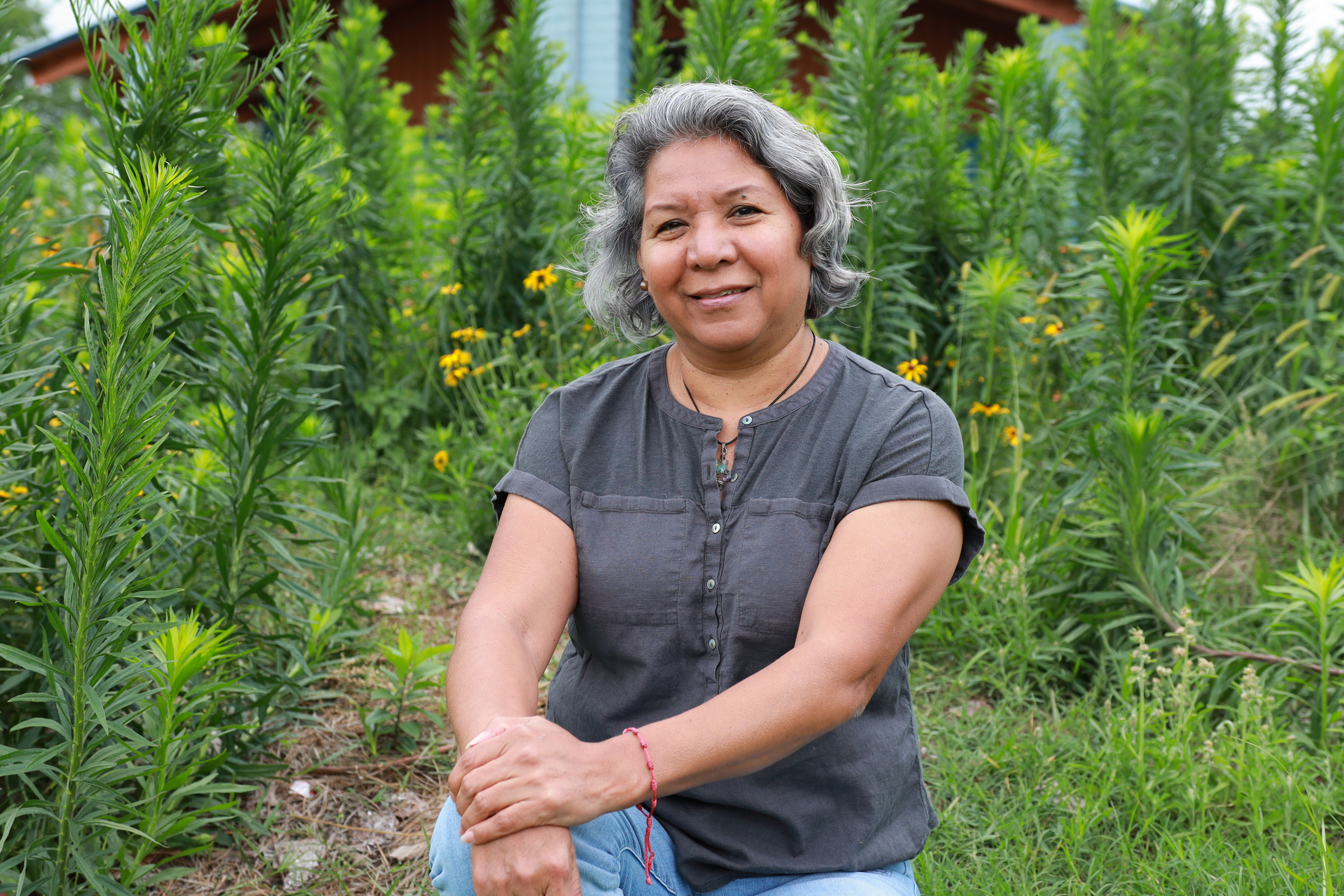
Maria Hernandez, Madres del Parque Co-Founder
"I love that we’re going to have a placita. That actually connects me to my hometown and connects me with my culture, my roots, my ancestors."
Hear from Maria
Well, I get really excited about everything, but something, in particular, is just like seeing more flowers around, seeing “la placita,” you know, where people can gather and talk and just cool down while they're waiting for the bus or when they’re picking up their kids. I think la placita is just one of my favorites because, again, it's one of the ways that we can again connect since this is a (Gulfton is a) very diverse area. That’s a way to know more each other by talking, by “echando chal”—it’s, in Spanish [means], we are kind of like knowing, interacting. And by knowing more, we get more compassionate, we get more humble about—and more understanding about—the other cultures.
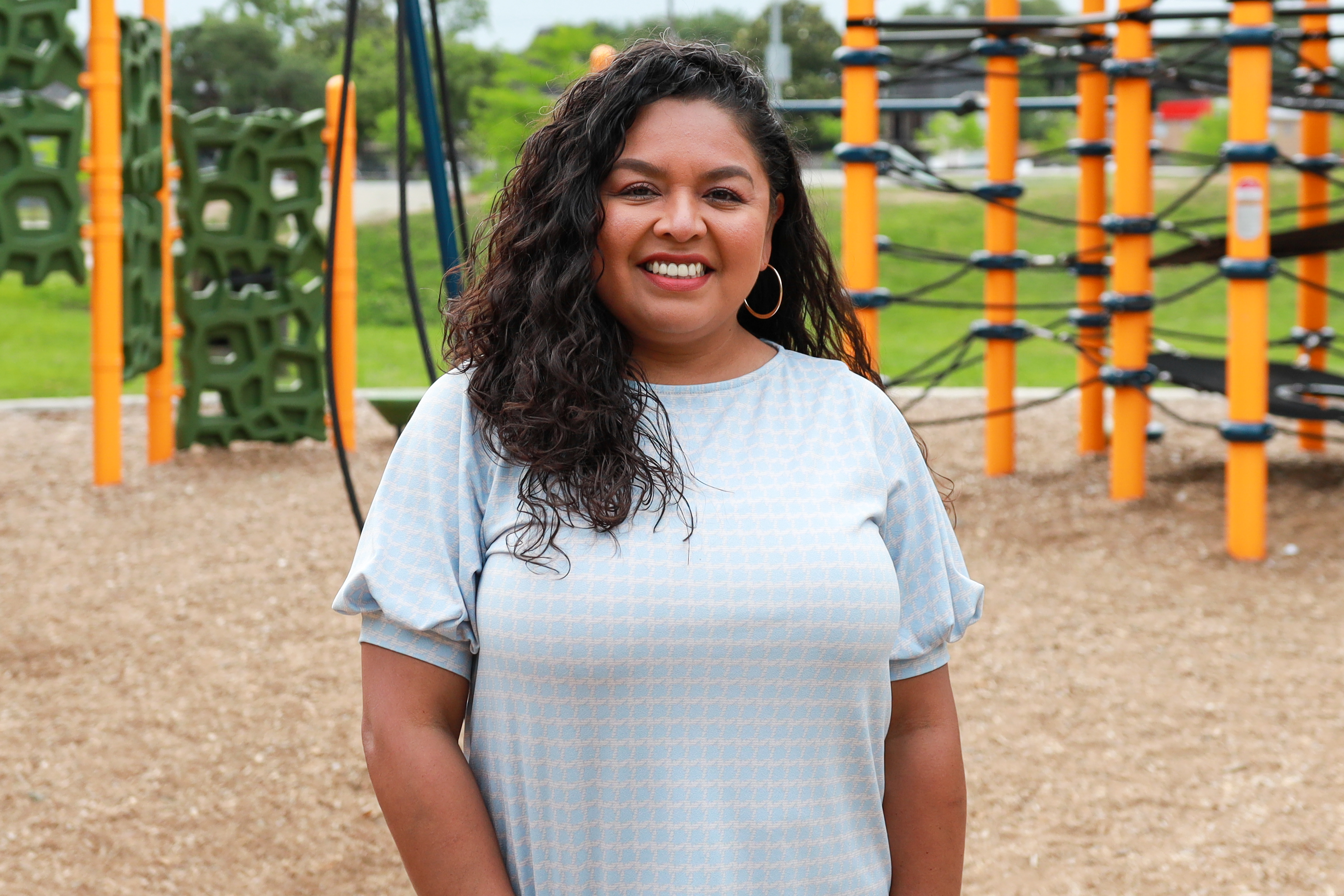
Sandra Rodriguez, Gulfton Super Neighborhood Council President
“I don’t want to drive across the city for my kids to experience nature. When you see our children playing outside, they’re playing in the parking lot. Having a greener neighborhood, a greener Gulfton creates a healthier environment for communities to thrive.”
Hear from Sandra
A greening plan and a nature plan is needed for Gulfton because, if you visit, if you live in it—work, worship, play in it—you see that there is absolutely very little green space, very little tree canopies. Personally, as someone who has lived in the area for almost 40 years, as I was raising my kiddos, I, at that time did not have the funds to take my kids to go camping, go to a state park or even barely make it to Galveston, you know, to expose my children to nature. I did take them to the zoo and to other areas in the city, but why can't I take my kids just down the street to a neighborhood park to have access to it? I don't wanna drive across the city for them to experience nature. We live in an apartment complex, and many of our residents and neighbors live in an apartment complex, and even in the properties, there is no access to green space, very limited access to green space. When you see our children playing outside and recreation activities, they're playing in the parking lot—they're playing soccer in the parking lot, you know, playing dodgeball or whatever, you know, they're out in the parking lot. That is a not a conducive environment for my kids, and so, I think it's also helpful for our mental wellness, for our physical health, and for us to breathe the fresh air. I can tell the difference when I'm in the neighborhood, and there's no green space, but if I go to an area where it's very luscious and just all these trees and all this green around me, I can tell the difference in the quality of the air. So, I think just having a greener neighborhood, a greener Gulfton, creates a healthier environment for communities to thrive.
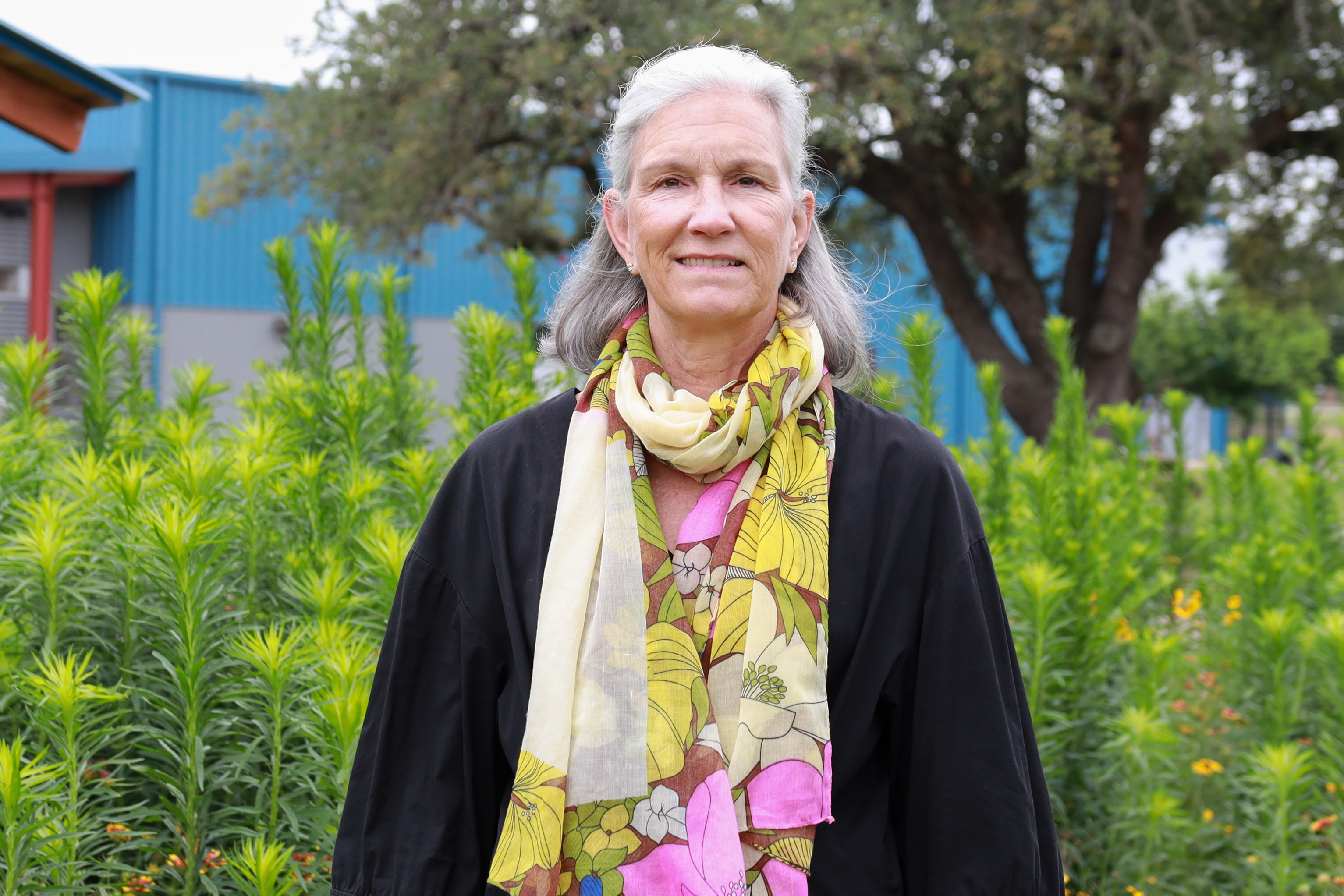
Anne Whitlock, Connect Community Founding Director
“The fact that we’ve now put a very scientific study together with lots of input from neighborhood residents will allow us to create something very unique, very specific to Gulfton and all the cultures that are represented in this area. I’m very excited to get to work on it.”
Hear from Anne
I think there are many, many strengths in this neighborhood—most of all the people. The people are very committed to this neighborhood, they understand—they have a perspective from coming from all these different countries, and they bring kind of unique ideas and desires for what they wanna see, which I think will really create a park that is different from all the parks that we see in other places in Houston. We have a very strong volunteer base that is ready to work with those who have kind of the scientific backgrounds to do the hard work of planting and maintaining this park.
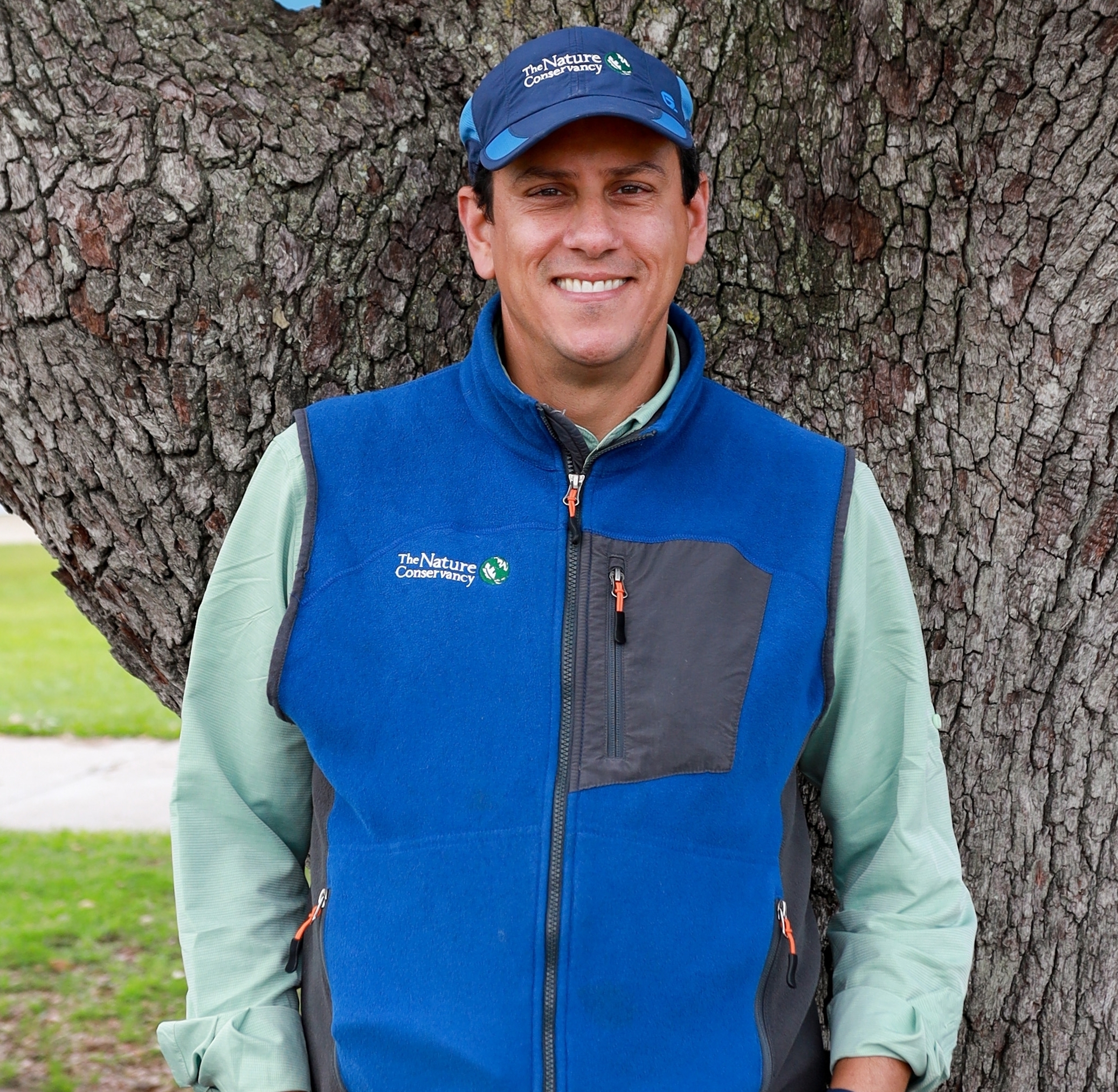
Jaime González, Greener Gulfton Community Ambassador
"As climate change continues to get worse, we want to make sure that Gulfton residents have enough nature to help protect them from climate change and rising heat and water.”
Hear from Jaime
There is not going to be one green solution for all the challenges that Gulfton faces—it's gonna be a combination of tree plantings; and green stormwater wetlands; and nature; and a few shade structures; and green roof bus stops; and reinvigoration of park space; and lots of vines, and flowers, and culturally significant food plants. All of these actions taken together can transform Gulfton into more of a garden neighborhood, where people will be better protected by nature and where children and families can experience the wonders of wildlife. Regreening should also be a civic act. What I mean by that is, we heard from lots of folks that they wanted spaces that were artful, nature rich, and help them to connect with their neighbors. So Greener Gulfton looks a lot like building a community for cars and more like building a neighborhood that's built at the human scale for people who live in the neighborhood and for the Indigenous species that share their space.
Fast Facts
The Gulfton Neighborhood
-
58%
58% of Gulfton residents are born outside the U.S.; 75% of whom are born in Latin America.
-
50,000+
The majority of Gulfton's 50,000+ residents live in apartment complexes. On their patios, many residents grow plants reminiscent of their cultural roots.
-
17°F
Gulfton was the hottest neighborhood identified in the 2020 Harris County heat mapping campaign; it was 17°F hotter than the coolest part of Harris County.
-
20-45°F
The shade provided by vegetation has the ability to reduce surface temperatures by 20-45°F as compared to unshaded material surfaces.
-
8 acres
The Houston Parks Master Plan recommends 8 acres of park space per 1,000 people; 86 additional acres would need to be added to Gulfton to meet this recommendation.
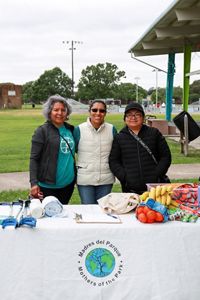
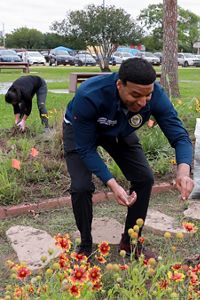
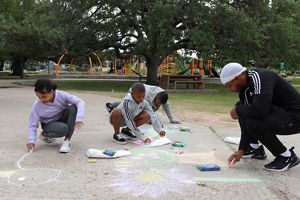
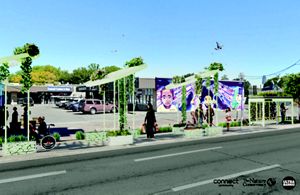
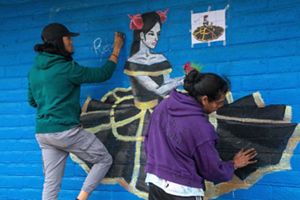
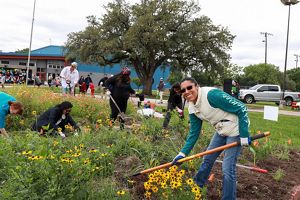
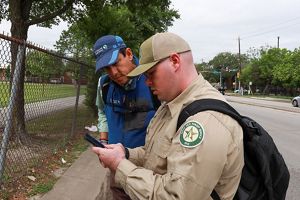
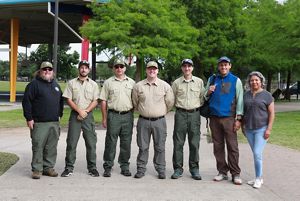
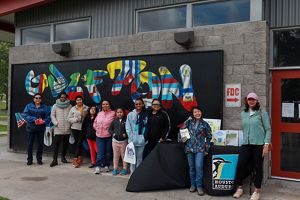
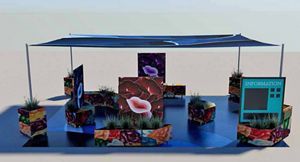

WORKING TOGETHER: In Gulfton, TNC Texas is working with Madres del Parque, a group of mothers dedicated to the health and wellbeing of the community. © Claire Everett

SEEDS OF CHANGE: Seeds from TNC's nature preserves are being used in Gulfton to establish native plants. © Claire Everett

EXPLORING OUTDOORS: Burnett Bayland Park is one of the few greenspaces where Gulfton residents can recreate in nature. © Claire Everett

BEATING THE HEAT: Shade structure renderings that incorporate nature for bus stops in Gulfton to help combat heat and attract biodiversity. © UltraBarrio

NATURE MEETS ART: Local artists adorn community buildings in Gulfton with artwork that blends culture and nature together. © April Frazier

BEARING WITNESS: Volunteers participate in a park clean-up and planting day at Burnett Bayland Park as part of the 2023 Witness Series. © Claire Everett

TREE SURVEY: TNC staff and members of the Texas A&M Forest Service use an application to survey available public space in Gulfton for tree plantings. © Claire Everett

SURVEY SAYS: TNC and Texas A&M Forest Service found that Gulfton could support more than 500 additional trees in public spaces. © Claire Everett

EXPLORING BIODIVERSITY: Gulfton residents gather for a bioblitz to identify species in Burnett Bayland Park. © Claire Everett

A PLACE TO COME TOGETHER: A rendering of "La Placita" as part of the Greener Gulfton vision. © UltraBarrio
Putting the Plan to Action:
While certain interventions in the plan, like La Placita, still need funding, others, like tree planting, have been put into motion thanks to the support of partners and funders.
The Nature Conservancy in Texas recently worked with Texas A&M Forest Service to complete a survey of the neighborhood and found that there is space to plant at least 500 trees. Following the publication of the tree survey results, Houston Endowment announced an $8 million grant for planting and watering trees in Houston, with Gulfton being a priority neighborhood.
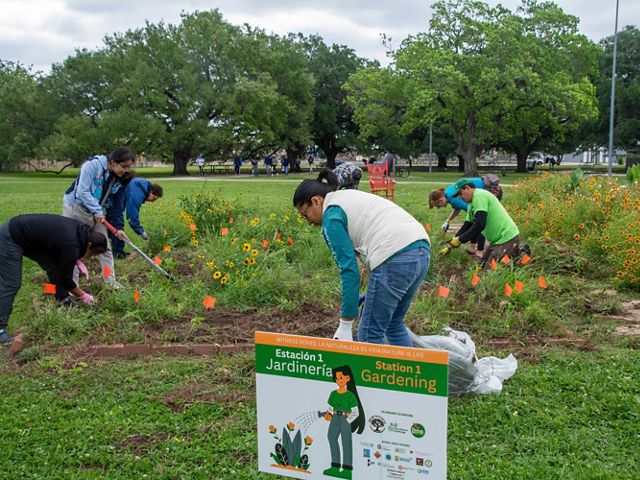
Gulfton is a climate-vulnerable community, but nature has a key role to play in making the neighborhood healthier and safer for all. As we continue to feel the impacts of climate change, we hope that these solutions can be replicated in other communities across the nation and beyond to clean and cool air, provide additional greenspace and support biodiversity.
Additional Resources
- Community Summary (English) (.pdf)
- Community Summary (Spanish) (.pdf)
We Can’t Save Nature Without You
Sign up to receive monthly conservation news and updates from Texas. Get a preview of Texas’ Nature News email.
